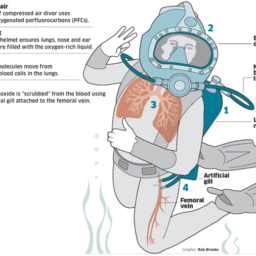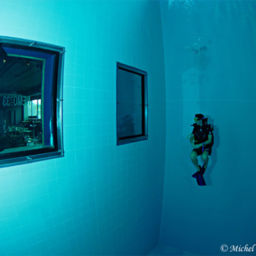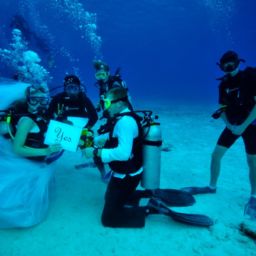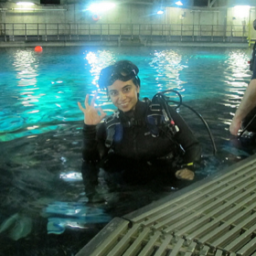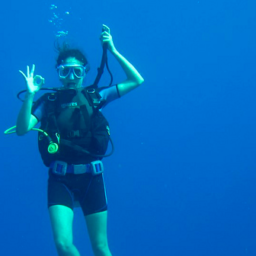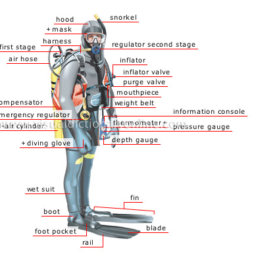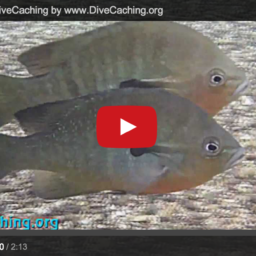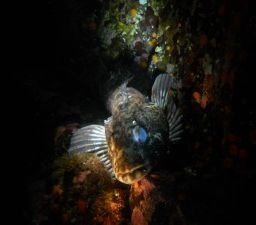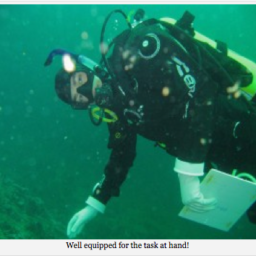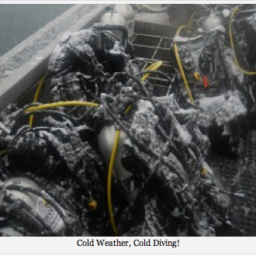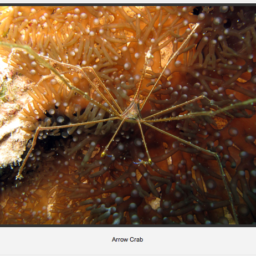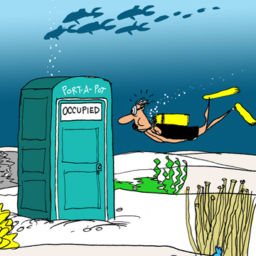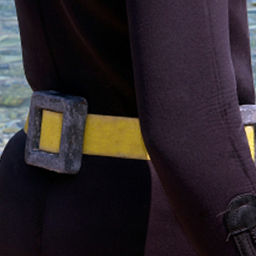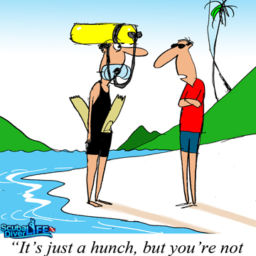Tropical water — it’s what most people immediately associate with scuba diving. The warm water, fantastic marine life, and picturesque beaches all play a big part in this vision. Unfortunately, a lot of people get excited and forget or ignore their training and the advice of their dive guides or the dive shops they frequent. Diving in warm water is fantastic, but the following tropical diving tips will help make sure you don’t have a bad day under the sea.
Buoyancy
Buoyancy, buoyancy, buoyancy. While not all coral is fragile, and not everything is poisonous or otherwise dangerous, it’s best not to take the risk. With wrecks, it’s even more important, especially if you’re planning to do a penetration. Buoyancy is something a lot of people harp on, and not without reason. No one likes being partnered with the guy who crawls along the bottom or who goes through his air in 30 minutes on a shallow dive because he can’t control his buoyancy. Moreover, it becomes a conservation issue. If you pull apart a reef while you explore it, you’re hardly leaving the place in decent condition for the next divers! Not touching anything is a cardinal rule of recreational diving, and even more so in tropical waters, mostly because of the high concentration of poisonous and/or irritable marine life found there. Buoyancy control is key to preventing the need for you to grab onto things or accidentally brush against things that will ruin the dive for you.
Stings and Scratches
Dealing with stings, scratches and irritations of the skin are almost inevitable in tropical water. Personally, I’ve been zapped by a stray jellyfish tentacle (invisible in the water) and brushed against hydroids (such are the risks of wearing a shortie). It happens. Sometimes it’s bad enough you need to abort the dive and do some first aid. Before you hit the water, make sure your dive group has a first-aid kit on hand, and that it’s stocked with the area- appropriate sting treatment. If you can, brush up on sites beforehand and read up on the first aid yourself. Severe hits though, like from lionfish or stonefish, need immediate emergency care, and make sure you know the emergency plan for casualty evacuation.
Equipment Maintenance
Equipment maintenance is the last thing I’ll cover here today, since this could very easily turn into a pamphlet-sized article. Equipment maintenance in the tropics is even more important than it is in cold water. Why? Mold and fungus are why. Ensuring equipment is properly cleaned and hung to dry is vital in tropical climes. BCDs need to be rinsed internally with fresh water at least every three or four days if you’re diving regularly, and should always be stored with a bit of air in them. Masks, snorkels and regulators need to be cleaned thoroughly every day and checked regularly for any sign of mold or fungus. If you find some, clean the unit carefully with a solution recommended by the manufacturer or the dive shop. This will prolong the life of your gear, and also help keep you from developing any nasty illnesses.
These are just a few tropical diving tips and ideas to help make your experience a good and safe one. As long as you’re an attentive diver, you should do fine, and don’t hesitate to ask questions if you’re unsure of something. Remember: good divers ask questions and confirm things, bad divers jump in and hope that it all works out!


